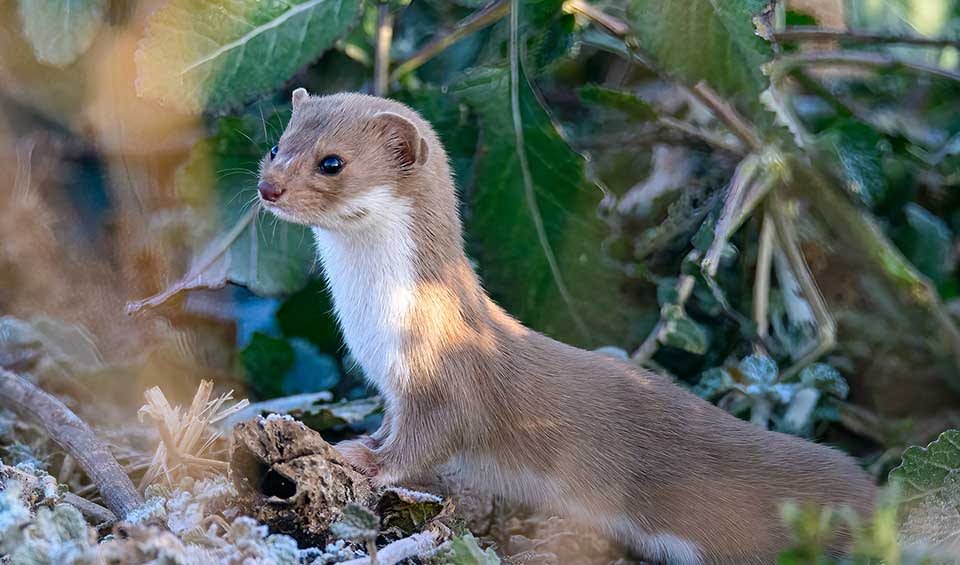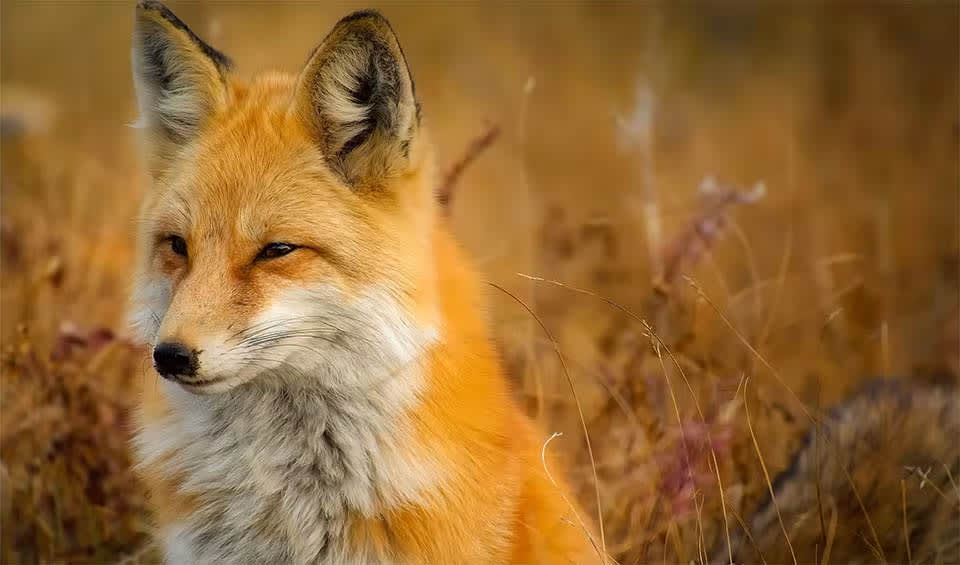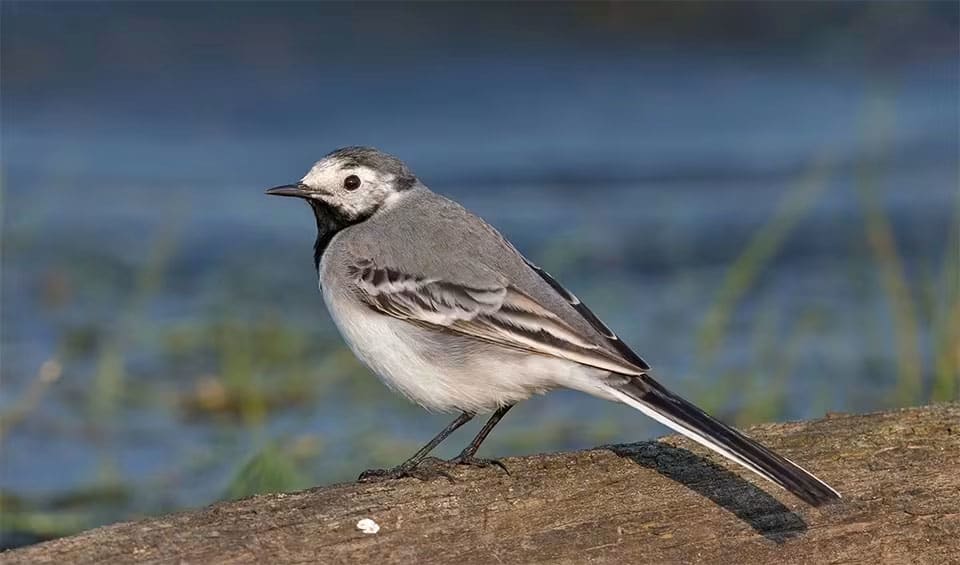Perched atop the rugged Apennine Mountains, San Marino is one of the world’s oldest republics and one of its smallest countries, covering just 61 km2. Despite its size, this landlocked microstate in southern Europe is a treasure trove of scenic landscapes and biodiversity. Enveloped by Italy, San Marino offers a charming mix of historical heritage, breathtaking views, and natural beauty that captivates visitors from around the globe.
The centerpiece of San Marino’s landscape is Mount Titano, a UNESCO World Heritage site. Rising to 739 meters (2,425 feet), this majestic mountain offers panoramic views of the surrounding countryside and the Adriatic Sea. The mountain is crowned by three iconic towers—Guaita, Cesta, and Montale—each offering stunning vistas and a glimpse into the country’s medieval past.
Four pillars elaborated:
San Marino has a minimal amount of protected areas, covering just 0.0% of its territory under IUCN categories I-V, far below the global average of 15%. However, its forest cover has remained relatively stable, with a deforestation rate of 0.03% between 2001 and 2021, significantly lower than the global average of 0.5%. Land Management
Land Management
San Marino, with its small territory of 6,119 hectares (61 km²) entirely within the Italian peninsula, faces environmental changes and threats similar to those affecting biodiversity in Italy. While issues like agro-ecosystem simplification, pesticide use, and chemical pollution are not major problems, urbanization leads to habitat loss, fragmentation, and erosion, affecting species survival, soil permeability, temperature, and hydrogeological balance. Threats to Biodiversity
Threats to Biodiversity
Additionally, the alteration of waterways, organic pollution from sewage, and reduced water flow due to human activity and climate change pose immediate threats to habitat and species preservation.
The San Marino government has been actively working to protect and enhance its biodiversity through several key efforts. Despite its small size, San Marino boasts significant biological, geological, and landscape diversity, which the government aims to conserve. One major initiative is the establishment of protected areas, providing crucial habitats for rare and endangered species. Capacity and Governance
Capacity and Governance
San Marino has also drafted the National Biodiversity Strategy and Action Plan (NBSAP) to implement a comprehensive plan aligned with the Convention on Biological Diversity’s objectives. Environmental legislation promotes sustainable development and protects natural heritage from development threats. Additionally, the government is addressing habitat loss and fragmentation due to urbanization, maintaining the ecological and functional roles of these habitats.
San Marino has adopted a Biodiversity Plan for 2030, demonstrating its commitment to preserving and enhancing its natural heritage. The plan focuses on ten major themes, including the synergy between urban centers and castles, the protection of biodiversity hotspots, and the promotion of sustainable agriculture. Future Trends
Future Trends
details>
Biodiversity
San Marino’s diverse ecosystems support a wide range of flora and fauna, making it a haven for nature enthusiasts. The flora includes a mix of Mediterranean and sub-Mediterranean species, with hills and valleys adorned with oak, beech, and chestnut trees, along with juniper and wild olive shrubs. In spring and summer, meadows burst into color with wildflowers like poppies, daisies, and orchids. Agricultural areas are rich with crops such as grapes, wheat, and olives, reflecting the country’s agrarian heritage.The fauna is equally diverse, with forests and woodlands home to mammals like roe deer, foxes, and wild boars. Birdwatchers can spot numerous species, including peregrine falcons, buzzards, and various songbirds. Rivers and streams support amphibians such as frogs and newts, along with fish like trout.
In the table below are the number of known species in several main groups, how many of these species are Threatened with extinction, and how many of them are Endemic (unique to San Marino only):
| Species (World rank) |
Threatened | % Threatened | Endemic | % Endemic | |
|---|---|---|---|---|---|
| Mammals | |||||
| Birds | 19 (#210) | 1 | 5.3% | ||
| Reptiles | 1 (#209) | ||||
| Amphibians | 1 (#192) | ||||
| Fishes | |||||
| Plants | 1,009 (#178) | 3 | 0.3% |
mammals
Brown bear
The second largest bear, right after the polar bear. Sadly, it well might top the list soon
Least weasel
The smallest carnivorous predator in the world and so have limited fat stores and need to eat more than 50% of the body weight
Red fox
Ladies and gentlemen, please welcome the world’s most widely distributed carnivore!
birds
Eurasian sparrowhawk
Better call the ambulance before the Sparrowhawk comes to devour all those who are injured
European roller
Loves trees! Only member of its family breeding in Europe
White wagtail
Holds cultural symbolism in some societies, representing good luck
amphibians
Common frog
It is one of the most widespread and familiar amphibians in Europe
Common toad
A warty amphibian with golden eyes
European green toad
An unusual amphibian that can survive high temperatures and is even quite tolerant to desiccation
National Animals
Horse
Have a strong fight-or-flight response, will usually flee when threatened but will defend themselves when fleeing is impossible, or the young are threatened
Peregrine falcon
At the speed of over 321 km/h (200 mph), this bird outraces a Formula1 car















